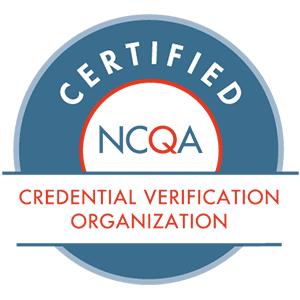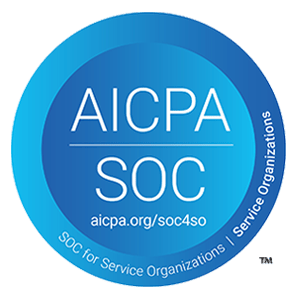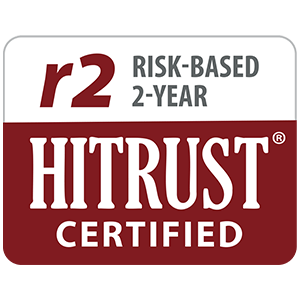What is the Death Master File?
The Death Master File (DMF) from the Social Security Administration (SSA) contains over 85 million records of deaths that have been reported to SSA. The Social Security Administration receives death reports from many sources, including family members, funeral homes, financial institutions, postal authorities, state information, and other federal agencies. It is important to note that the SSA records are not a comprehensive record of all deaths in the country.
The SSA stores death information on the NUMIDENT (short for “numerical identification”) – an electronic database containing SSN records assigned to each citizen since 1936.
Information Found in the Death Master File
The file includes the following information for each decedent (if available to the SSA):
- Name
- Date of Birth (DOB)
- Social Security Number (SSN)
- Date of Death
*The Social Security Administration does not have a death record for all persons and does not guarantee 100% accuracy of the data. Those who review the Death Master File should not assume the absence of a particular individual proves the person is alive.
Public DMF
- Death records from NUMIDENT
- Provided to U.S. Department of Commerce NTIS
- Sold to the public (banks, credit companies, etc.)
- Does not include state death data
Full DMF
- Death records from NUMIDENT
- Includes death data received from states
- Shared only with certain federal and state agencies
- Shared in accordance with Section 205(r) of the Social Security Act
Other Names for the SSA Death Master File
The Death Master File has been known to go by many names according to who is providing the information and which industries are describing the data. Because of the discrepancies of who is allowed to see either the public or full files, you can imagine the number of misconceptions that exist around this topic. Some common names we’ve heard for the file include the following:
- SSADMF
- SSDMF
- SSNDMF
- Social Security Death Index (SSDI)
- Limited Access Death Master File (LADMF)
- Death Master Index
Who Uses the Death Master File?
The primary purpose of the public DMF is to help identify and prevent fraudulent activity for those that might be using the identity of a deceased person to benefit themselves. Many times, this activity involves employment opportunities or financial deception.
Industries who primarily reference this file are:
- Financial firms
- Credit companies
- Healthcare organizations
- Security firms
- Government agencies
- Genealogists
- Insurance companies
Who Can Access the SSA DMF?
According to the Freedom of Information Act (FOIA), the public is granted access to death data reported to the Social Security Administration (SSA). Restrictions to the information distributed by each state come into play according to Section 205(r) of the Social Security Act.
What is the Limited Access Death Master File (LADMF)?
Because of the wide use and demand for death records for a variety of industries, SSA has partnered with the U.S. Department of Commerce’s National Technical Information Service (NTIS) to release the Limited Access Death Master File (LADMF) electronically on a weekly and monthly basis. The list is strictly enforced by the NTIS with a certification program for the LADMF. Although each DMF download is visible on the site, each file is password protected and requires a lengthy application process and associated fees to cover the costs of the NTIS certification program.
According to NTIS:
“the certification program established under the Final Rule limits access to LADMF information to those persons certified under the program. Certified persons, also called Subscribers, must have a legitimate fraud prevention interest, or have a legitimate business purpose pursuant to a law, governmental rule, regulation, or fiduciary duty in order to be certified under the program.”
How Healthcare Providers Can Use the SSA DMF
Within the healthcare industry, many professionals in various departments including human resource, compliance, credentialing, and more are tasked with ensuring that no individual or organization is behaving fraudulently. Here are a few examples of how these professionals are keeping patients safe and catching bad actors with enhanced background screening and ongoing monitoring.
- Validating that no services are being billed to Medicare or Medicaid from a deceased provider
- Ensuring that excluded individuals or entities are not using a false or stolen SSN for employment purposes
- Verify that payments are not being billed for deceased beneficiaries to providers or suppliers
- Keeping track of medical research study subjects
- Hospital verification of former patients







